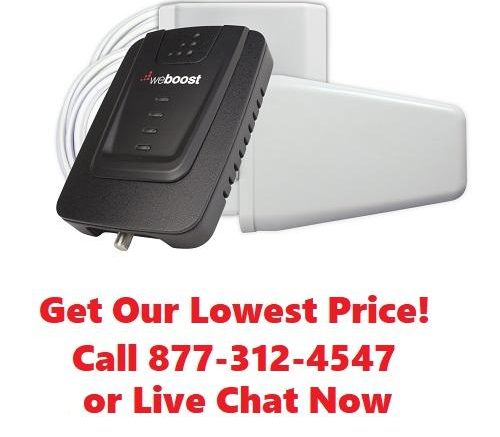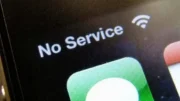Folks, sometimes marketing backfires. For several years now we’ve been talking about 4G and LTE. They’re the technologies that a lot of people use for cellular internet. A lot of people, but not all people. For many people, cellular internet still means 3G.
Really? 3G is still a thing?
Jake Buckler is going to call me a coastal elitist for this, I know. But it’s just been off my radar that there are still people who principly use 3G for their internet. I would have been tempted to write them off as people who hold onto their phones too long. Obviously there’s more to it than that. Recently we found out that Sprint doesn’t even have 4G coverage throughout most of the inland regions of our country. So, many of their customers are still stuck hearing about 4G and LTE without actually experiencing it.
What is the difference between 3G and 4G? What about LTE?
3G is the internet standard that dominated the late 2000s. It was the first truly workable cellular internet standard, with speeds up to 1 megabit. That may not seem like a lot but it was enough to load a mobile-optimized web page without your hair turning grey. This was a revelation at the time. 3G was the technology that powered the first smartphones. Without it, it wouldn’t have been possible to email or see pictures of cats online.
4G, at least in this country, was sort of a bust. Because there is no federal definition of “4G,” carriers used the term to describe their beefed-up 3G systems, which were not based on the international 4G standards. As a phone standard, 4G didn’t really last that long.
LTE should have been called 4G. LTE stands for “Long Term Evolution,” a term used to describe a way for the 2000s-era GSM standard to evolve to serve data at high speeds. It was a key component of the European 4G standards. Here in the US, LTE uses different frequencies than voice, while most 4G signals still use the same frequencies as voice signals and 3G signals.
If you get 4G, you get 3G and voice.
Every cell booster today sold as a 4G booster is actually a quad-band cell booster. This means it covers the frequencies used by voice for all carriers, plus the common frequencies used for 4G and LTE by Verizon, T-Mobile, and AT&T. 3G signals use the same frequencies as voice ones. This means that if you have a 4G booster you can also get some benefit if you only have 3G signals. Of course you could save a few bucks and just get a 3G-only booster (which also boosts voice.)
Why get a 4G booster if you don’t have 4G?
Maybe one of your phones is with AT&T and one is with Sprint. That could be due to a roommate with their own cell phone plan, for example. Or, it could be that your office is still making you carry an antique phone while your personal calls come through a nice new one. No matter what the scenario, the good news is, you don’t have to get two different cell boosters just to make sure that everyone is covered.
Just choose the right booster from the awesome selection at Solid Signal, and you’ll be all set!





